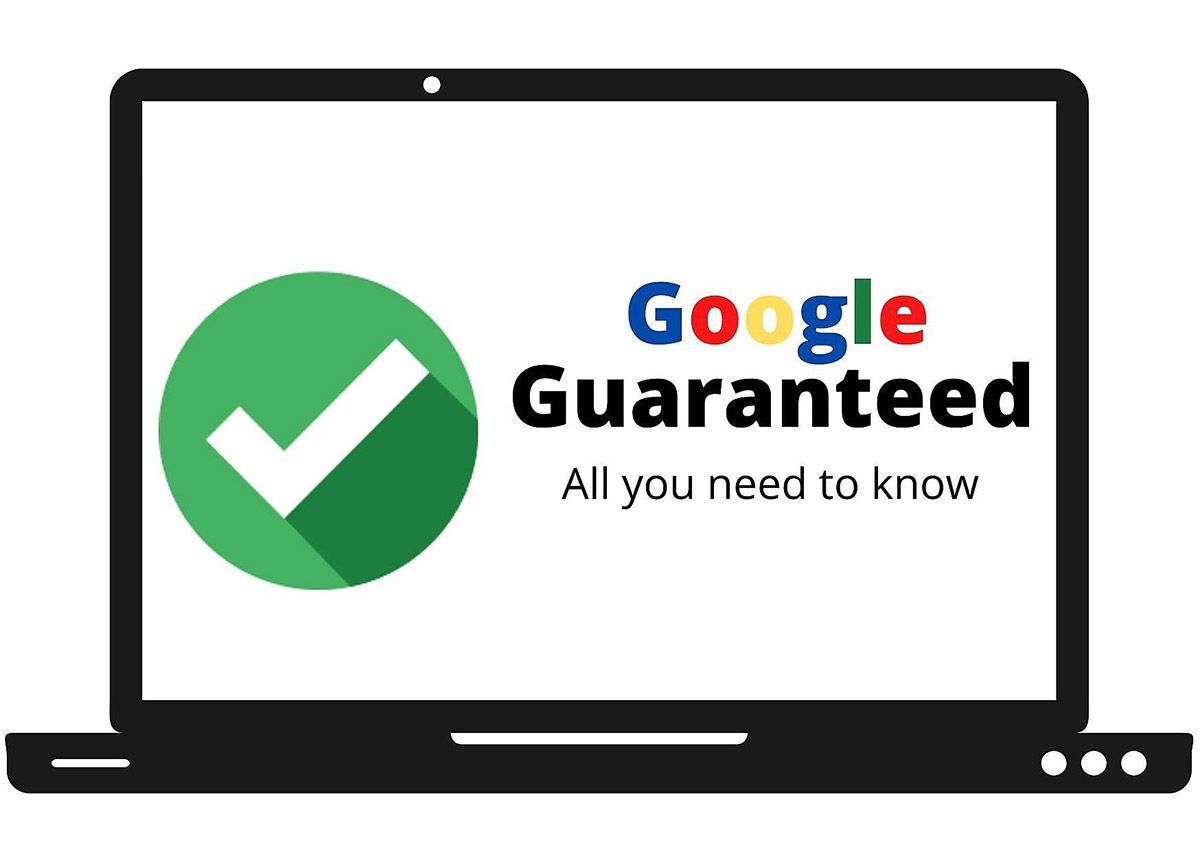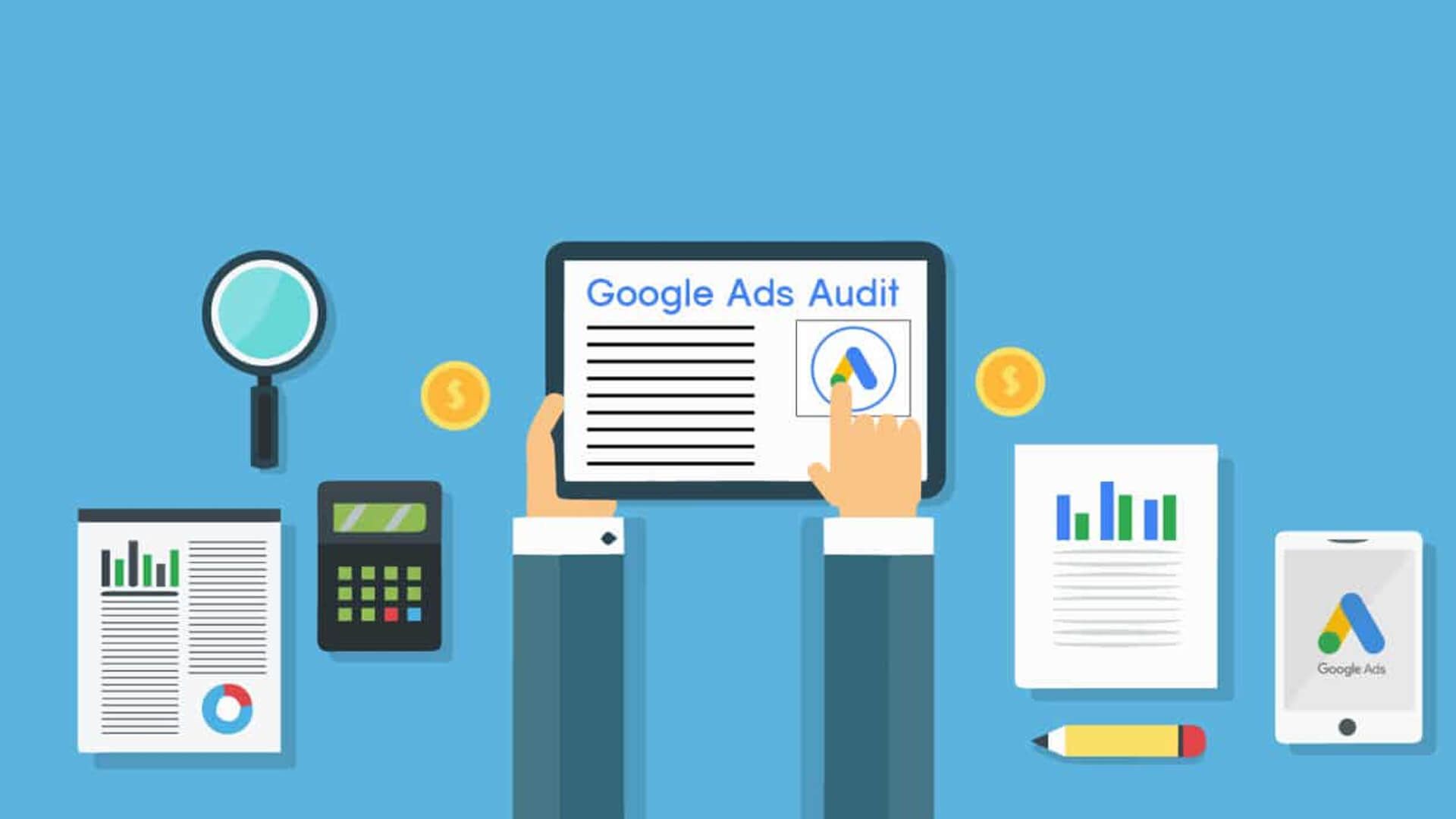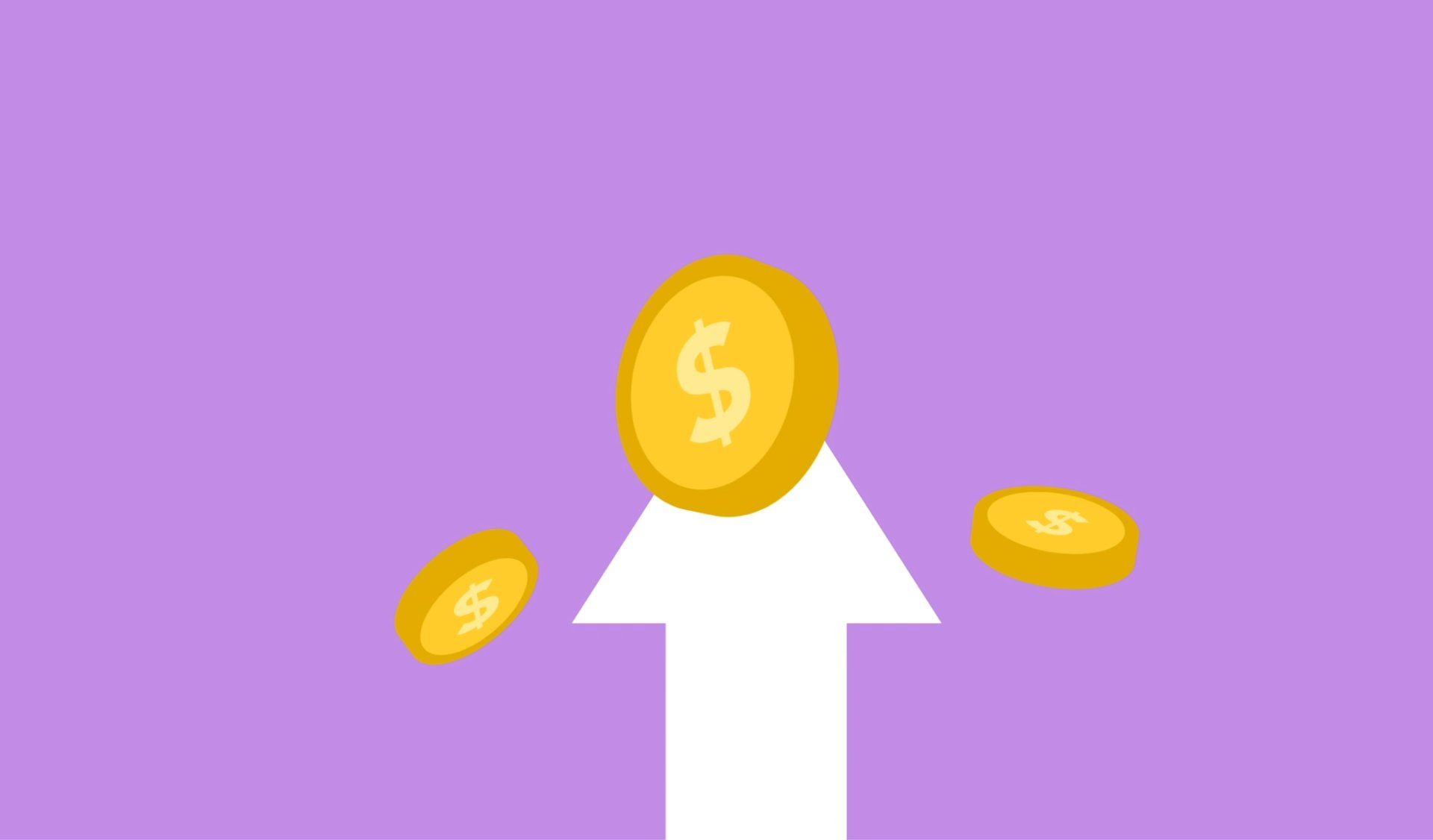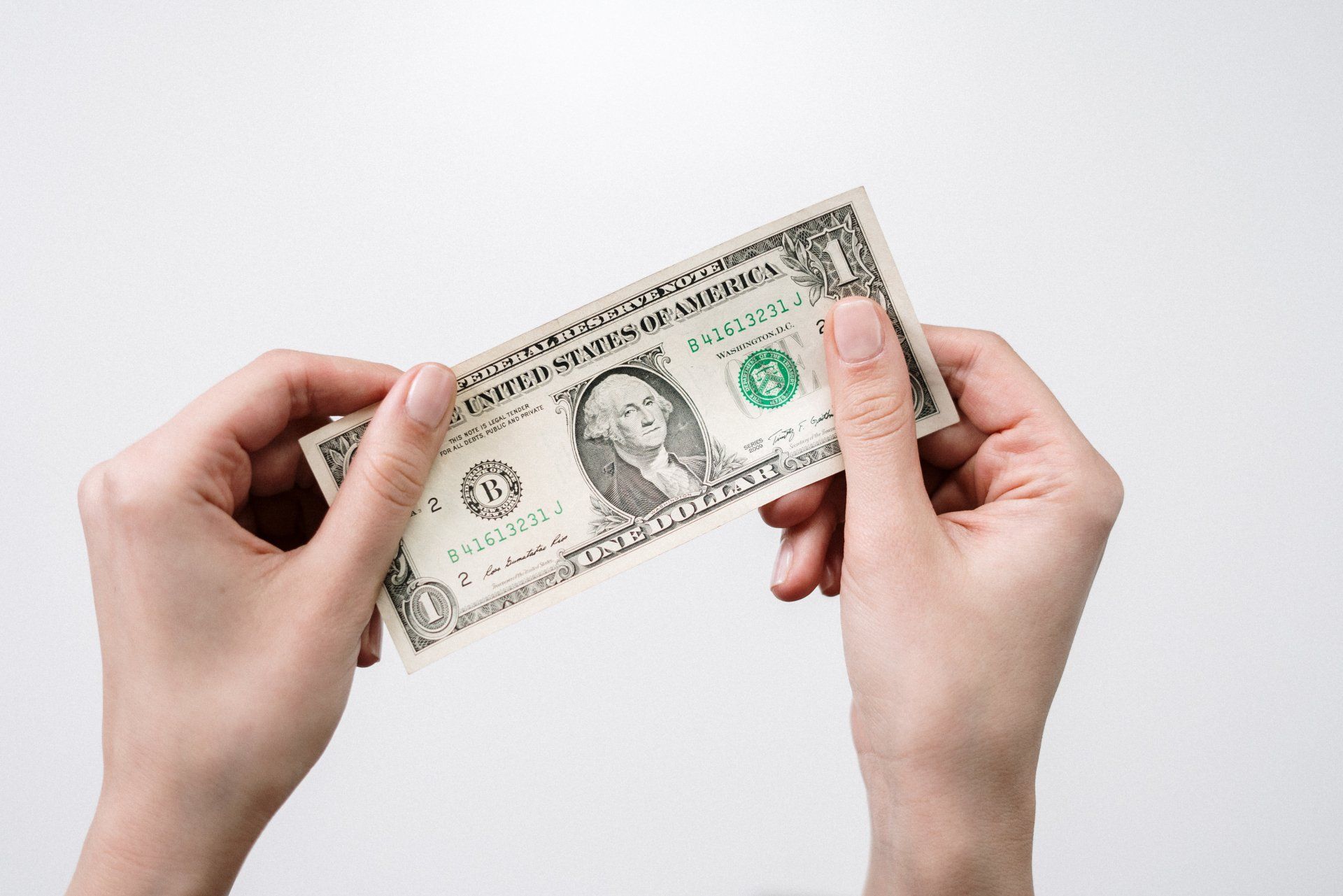SEO Tips for Journalists
SEO For Journalists And Editors

This post is just for journalists.This article will NOT contain any technical info. It is written specifically for journalists who want to get more traffic out of the news stories that they write. Over the years I’ve trained many editorial teams and the questions I receive are always the same. I decided to compile the most common ones in this post in the hope that these tips will help increase traffic with minimal effort.
Keyword research for journalists
One of the most asked questions is “How do we research keywords for content?” When it comes to strictly “news” keyword research doesn’t apply. It’s news and news stories come down to facts. When someone performs a Google search for a news item it is because they have heard the story elsewhere.
It could have been over the radio, a friend, television or perhaps they read the story somewhere else and want more information. When this happens, searchers tend to remember the most important facts. This is typically the who, where and possibly the when. There is no research required.
What about keyword cannibalization?
Keyword cannibalization is when more than one page ranks for the same term(s). This could cause you to miss out on clicks as searchers may be able to tell that the content is an older story and not click on it. Or the content may have a high bounce rate. In my experience, Google does a good job identifying a new story and is usually now an issue.
However, if you wanted to rank consistently for a “topic” you would then want to create a category or package page. Where the title of the section is optimized and all the articles on the page encompass stories about that topic. Such as this “political news” section on the NYT website.
If you find an older story ranking higher than the new story, add a link inside the old story to the news story. Use the search terms you are trying to rank your new story for as the link text from the older article.
How should journalists leverage title tags?
Title tags tell Google what the page is about. It is also the first line that shows in search results. The title tag should have as much information as possible.
As you craft the title of your page it is important that you keep the title to more than 60 charters as Google will cut off your title in search results if it is longer than that. If your title must be longer – add the “who” the “what” and/or “where” in the first 60 charters.
When I train editorial teams there is resistance in keeping titles too “basic” and “plain”. One could say that this style of writing lacks creativity. While it’s not impossible to be creative it isn’t always easy to execute. However, there is another way to be creative and still get the SEO benefit. It’s not unusual for the title of the article to be pulled into the title tag. If you were able to have a separate field for the title tag and the header of the page you’ll be able to create two separate titles.
The first title (title tag) would focus mainly on the who and What and/or the where. Your alternate title (header) you could be more flexible with the title and play of words trying to use some of those same points (who, what and where) if possible as you still want visitors on the site to know what the story entails.
➡️ Optimizing meta descriptions - A major SEO tip for journalists is creating customized meta descriptions. Meta descriptions show underneath the title in search results. Creating a customized description will allow you to persuade the reader with a “teaser” to get them to click your listing over other search results. This helps you stand out from all the other outlets that are covering the same topic.
In some instances, you may not have access to create a custom meta description. It may be programmed into the CMS to pull the first two sentences of the first paragraph. If that is the case, be mindful when crafting the first few sentences of your first paragraph.
➡️ Using social media titles - When it comes to journalists posting on social media you have a few options. On a platform such as Facebook, you can be as cheeky as you want. Since articles typically show in your followers feeds the more attention-grabbing your titles are the better your chances are to get the click. If you’re using LinkedIn or Twitter you have an option to use your social title instead of your SEO title because you could leverage hashtags. I recommend testing your SEO title versus your social and see which produces the best results.
If the platform you’re working on is WordPress there are a few plugins that will provide the functionality described above. This includes separate titles for the page, title tag, and social media titles.
➡️ Is content length important? - I’m sure you’ve heard that 1,000 words or more are important when it comes to ranking content in Google. However, when it comes to the news this doesn’t apply. What does apply is how you structure your content. Avoid short paragraphs, bullet points and ads between the article, as fragmented articles are known to be excluded from search results.
➡️ Should you update an existing news story or create a new page? - Google actually prefers to see the same page updated. It’s okay to launch your news story with a paragraph or two as you continue to collect more information on the story. It’s news so the sooner you can break a story the better your chances of showing up on the first page of search results.
➡️ Optimize images for search - Avoid using the same images as everyone else. If you Google any news story many times the images are the same or very similar. If you’re able to have a custom image you could increase the number of people clicking on your story. It’s also important to be mindful of image size.
If you grab a large image and then have your CMS resize it – in many cases, the image is still very large. The image will be made smaller using CSS and while the image may appear smaller on your web page the image is still the same size when the page is loaded. This slows down the load time of the page and page speed which is a ranking factor. You can easily resize your image online using free online resizing tools.
It is also important to label your images and alt tags appropriately for search. Alt tags help Google understand what the image is about. Naming images can help your image to rank in Google image search which can drive more traffic to your site.
Implementing these simple tips can help journalists dramatically improve the organic traffic you receive from Google.
Need Help With Your Digital Marketing?
Speak with an expert now!







